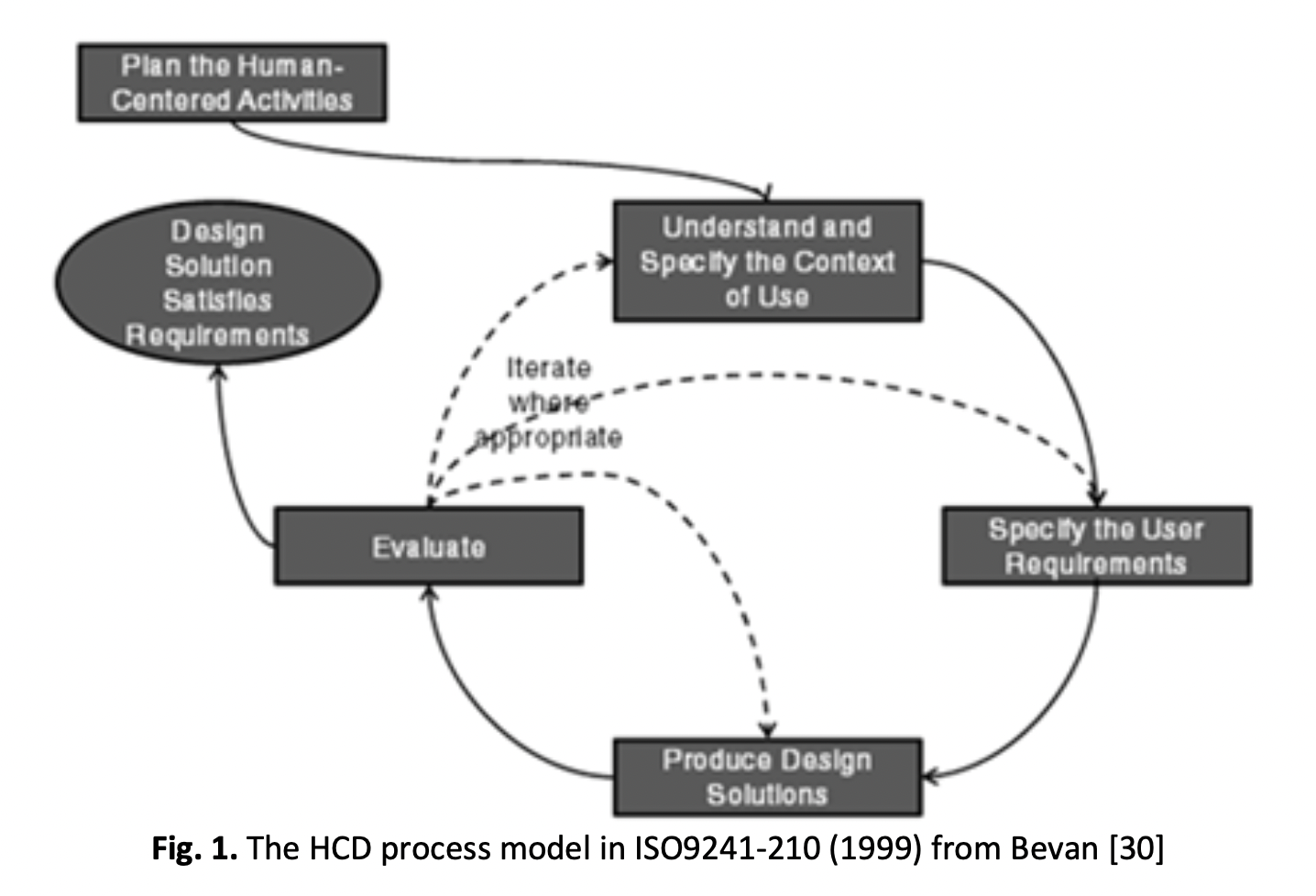AR-Speaking Buddy: Designing Content and User Interface of An Augmented Reality (AR)-Based Application for Malaysian Children Speaking Practice
DOI:
https://doi.org/10.37934/araset.35.2.5768Keywords:
Augmented reality application, English speaking, children design preferenceAbstract
The application of augmented reality (AR) as a learning tool is crucial for incorporating virtual objects into real-world environments to support learners in their educational journey. Despite the growing interest in AR applications for learning, research in this area is still in its early stages, particularly concerning the development of AR applications tailored for children, taking into account their needs and design preferences. This study aims to gain insights into children's perspectives on interface and content design, specifically for augmented reality application development. By involving children in the design process, the study seeks to identify their interface design preferences for AR characters and explore the topics that interest them the most. To achieve these objectives, the paper outlines the development process of an AR mobile application named "AR-Speaking Buddy," which was designed by considering children's content needs and interface design preferences. The application focuses on providing English language learning support to children for practicing their English communication skills. The research involved 25 children aged between 9 to 12 years old as users, and their feedback on the AR-Speaking Buddy application is presented, highlighting content and interface design elements. The findings from the children's feedback shed light on essential aspects of AR application design, which contribute to the development of future interface and content design strategies for augmented reality applications in education. By understanding children's preferences and incorporating them into AR application development, educators can create more effective and engaging learning experiences for young learners.
Downloads





























